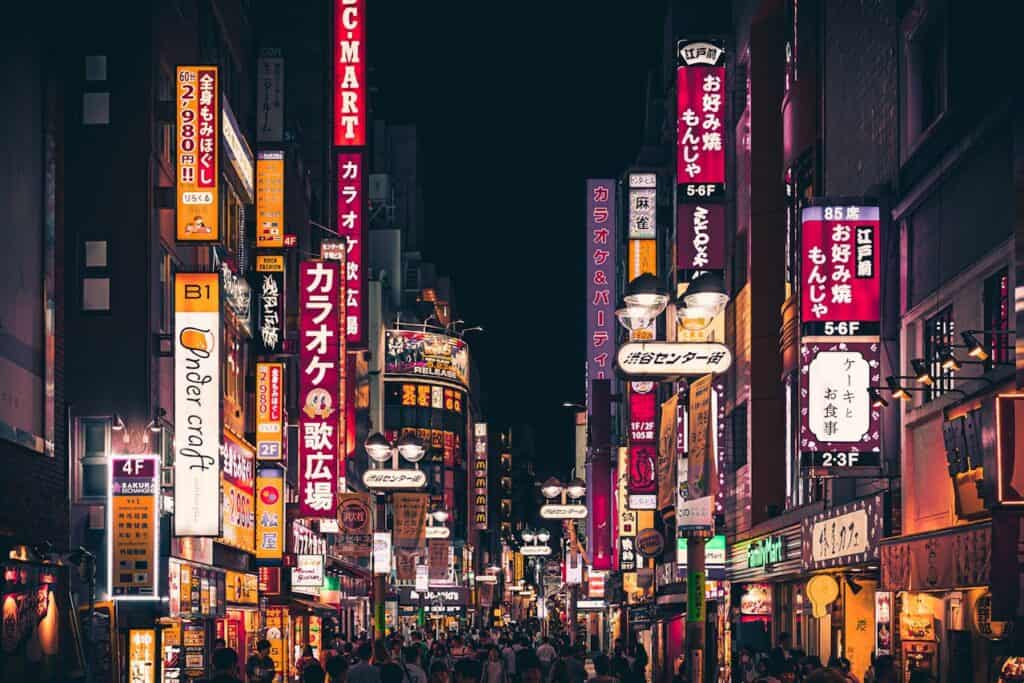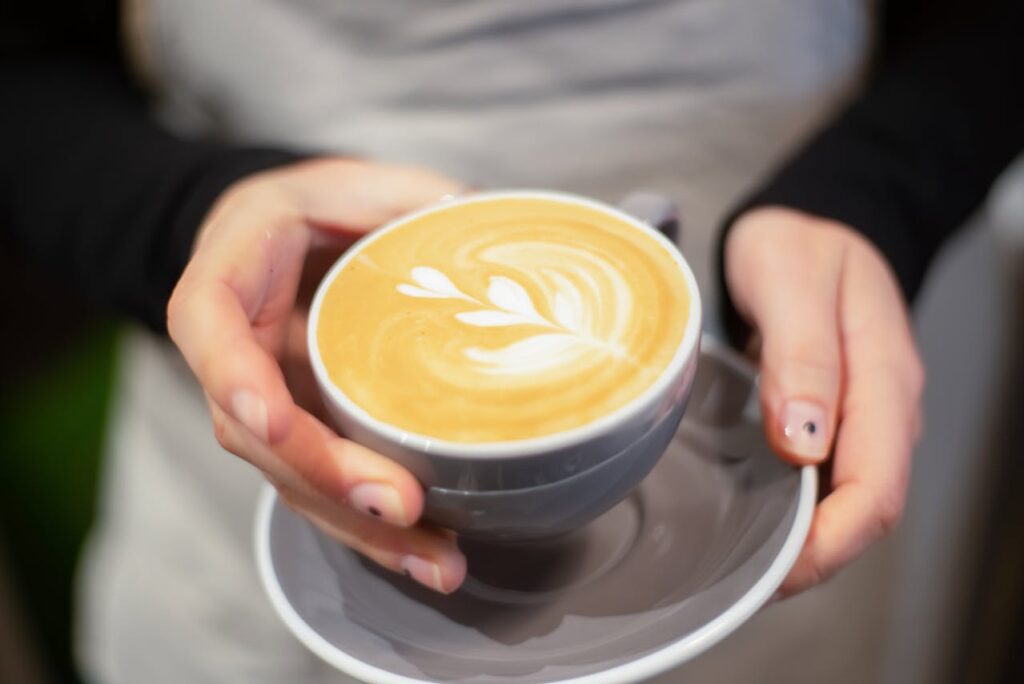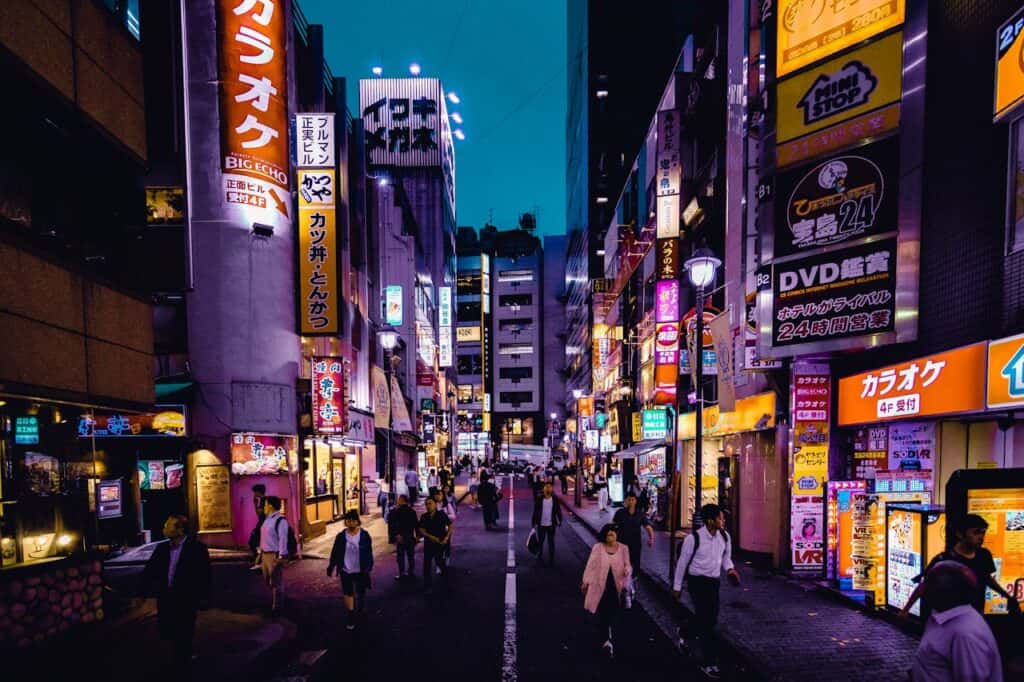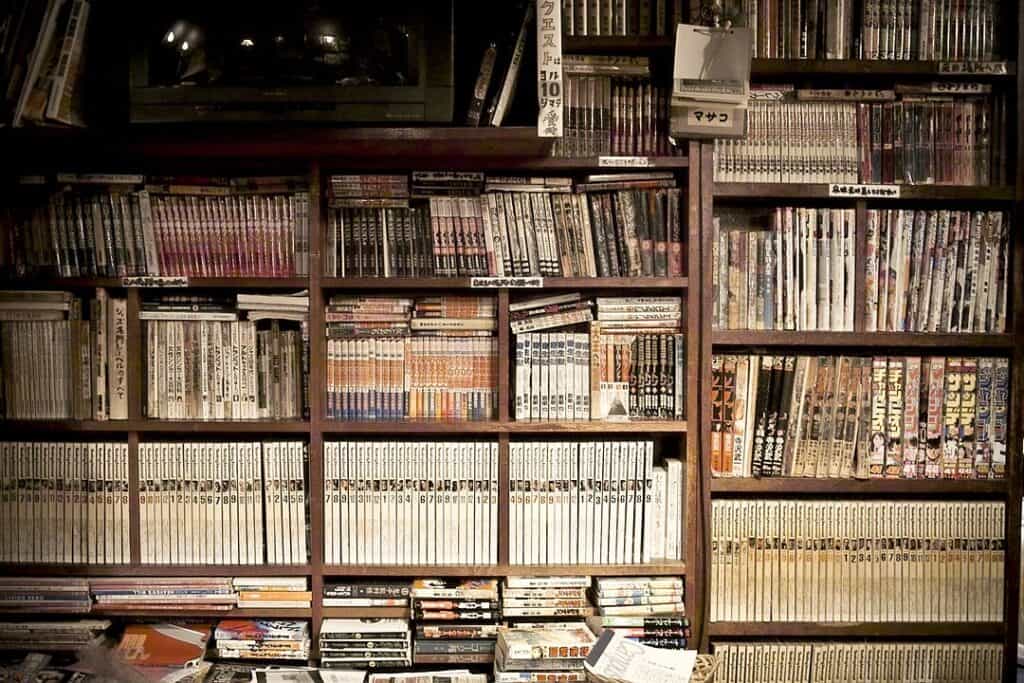We may earn money or products from the companies mentioned in this post. This means if you click on the link and purchase the item, I will receive a small commission at no extra cost to you ... you're just helping re-supply our family's travel fund.

Some nights in Tokyo move at the speed of a bass line. Neon softens, last trains rumble, and a small door glows on a quiet side street. Inside, a turntable clicks and a trumpet blooms like steam over a cup. Conversations thin to whispers. The room agrees on one tempo: unhurried. If your day ran hot and bright, this is where the temperature drops and the details return.
Jazz kissaten aren’t ordinary cafés open late. They’re listening rooms first and coffee bars second, built by obsessives who treat records like scripture and espresso like ceremony. Here’s the thing: the menu is simple, the sound is not. This guide walks you through what these places are, how to behave, where to find them, and how to plan a night that feels both local and timeless.
Origins Of The Jazz Kissaten
Postwar Tokyo needed places to learn and listen. Imported LPs were expensive, home stereos rarer still, so cafés with good systems became classrooms. Owners curated shelves by label and era, arguing over pressings while pouring hand-drip brews. By the 1960s, the culture cemented: small rooms, serious sound, and regulars who came to study records, not perform.
Many of those rooms survive with only light edits. Smoke thinned, hours shifted, signage got friendlier, yet the core stays the same. You sit to listen, not to be seen. The effect is oddly restorative in a city famous for speed.
What Time Sounds Like Here
Sound is the center of gravity. Speakers are often vintage, placed for a sweet spot you can feel in your ribs. The volume is firm but never harsh, built to wrap you without drowning the table.
Shorter: Some nights it’s ballads and brushes, others it’s hard bop that tightens the spine. Trust the owner’s queue. Their sets tell the story of the room.
Turntables and cartridges get the reverence a chef gives knives. You’ll see careful cleaning, steady cueing, and sleeves handled like glass. Records shape the arc of the night.
Shorter: No requests unless invited. Part of the pleasure is surrender. Let the next track surprise you.
Coffee As A Midnight Ritual

Coffee arrives slowly and on purpose. Many shops still favor pour-over, with a dark roast that holds its ground against the hour. Milk comes on the side, sugar if you must. It’s the kind of cup built for listening steady, hot, slightly bitter in a way that keeps you tuned in.
You won’t find sprawling menus or latte art contests. Maybe a sandwich, a curry, a slice of chiffon cake if you’re lucky. Alcohol appears in small, respectful cameos: a whiskey highball, a modest pour of red. The point is continuity, not a party.
The Room’s Quiet Rules
Start by reading the room. If voices hover at the level of brushes on cymbals, match it. Phones stay pocketed, screens dimmed. Photos only with care and never during a hushed passage.
Shorter: No clinking ice dramas, no chair scraping, no loud laughs that break a solo. You’re part of the soundstage.
If there’s a bar seat facing the system, ask before taking it. Regulars may have invisible reservations. When you order, keep it simple and complete. The less back-and-forth, the smoother the flow.
Shorter: Tip where accepted, thank the master when you leave, and don’t linger in the doorway. The exit is part of the rhythm.
Neighborhood Maps After Dark

Shinjuku keeps the tradition close to the tracks: narrow staircases, classic posters, and systems that could double as sculpture. Kichijoji and Asagaya run cozier, where the owner might talk about a Blue Note spine while topping up water. In Ueno and Jimbocho, used record shops feed the scene, so you can scout vinyl by day and hear it breathe by night.
Venture with intention. One shop per hour is plenty if you’re listening for real. Keep a small notebook, track a few titles, and let your route follow a label or a drummer. Tokyo rewards curiosity that moves on foot.
Picking Your Seat And Your Side
Front-row bar seats sharpen detail. You’ll catch cymbal decay, tape hiss, the room’s tiny echoes. Deep couches widen the picture. The horns sit farther back, the bass gets rounder, the piano fills the middle like a warm lamp.
If the master nudges you to a particular chair, take it as a gift. They’ve tuned the space like an instrument. What this really means is your night will sound better than you could plan alone.
A Night To Try: Sample Itinerary
Start near Shinjuku at nine. One hour, one coffee, one side of an LP. Step out for air, walk a few blocks to reset your ears. Hit a second room where the playlist tilts to late-60s modal or a Japanese pressing of a Coltrane live date.
If hunger taps your shoulder past eleven, find ramen or curry on the way to a final stop. Let the last café be quieter, maybe a ballad set with a softer pour. End your route the way these rooms ask you to live: slower than the city, sharper than you arrived.
For The Future, Keep It Analog

New spots open with better ventilation and lighter interiors, but the bones stay analog. The format anchors the ritual. In a world tuned for shuffle, a side of vinyl teaches patience, sequence, and the pleasure of finishing a thought.
The best measure of a night here isn’t how many places you tick off. It’s whether a melody follows you to the station, whether the city feels friendlier in the dark, and whether you leave convinced that time can be tuned.